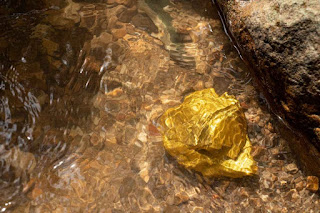What to Do After Your Compressed Air System has Been Hit by a Flood?
Rainstorm or other natural disasters may affect the compressed air system. If your equipment is flooded and your compressor is damaged due to bad weather, it is important for us to follow the process before opening the compressor damaged by flooding.
If your compressor is damaged by flooding, we will make a checklist. Please continue to read the following content. If you have any questions, please call for help.
What to do if the compressed air system is damaged by water flooding:
Electrical safety - if the power supply or compressor installation has been completely or partially submerged, ask an industrial electrician to conduct a thorough inspection to ensure that it is safe to re energize! Re energizing the equipment before it is safe may cause serious damage to property or personnel!
Mechanical safety - take the time to properly inspect the equipment to see if there is water damage to the following items, as they may be damaged and lead to potential or more serious faults:
1. Compressor element
2. Drive motor and fan motor
3. Cooler
4. Piping and connections
5. Air receiver mounting feet and foundation bolts
6. Cleanliness - a clean compressor is a cooled compressor, and checking whether the equipment is clean and free of debris or mud dirt is an easy problem to solve.
We recommend professional technicians to clean the compressor equipment, because if it is not operated properly, the equipment and personnel are at risk. As dry water may contain harmful bacteria or pollutants, we should also pay attention to the use of appropriate personal protective equipment, such as safety glasses, gloves and respiratory protective devices.
7. Before restarting the compressor equipment, open the drainage point to drain the water that may enter the equipment. Once the compressor is restarted, protect your ears when closing the drain pipe, because the sound of compressed air discharge will be very loud.
8. Operation - restart the equipment slowly and methodically and observe for any signs of abnormal operation. Slowly restore the system to full pressure and ensure that all drainage points are closed after cleaning.
If you have any other questions, please contact us!


Comments
Post a Comment